[最も欲しかった] kt 1000 knee 304553-Kt 1000 knee
Knee Surg Sports Traumatol Arthrosc 1993;1(1)606 Diagnosis of an ACL disruption with KT1000 arthrometer measurements Rangger C(1), Daniel DM, Stone ML, Kaufman K Author information (1)Innsbruck University Hospital of Traumatology, Austria The KT1000 was used to measure anterior tibial displacement in three populations normal subjects (n = 1), patientsThe objectives of this study were to compare A–P laxity values as measured using the KT‐1000 Knee Arthrometer, planar stress radiography and RSA, and to determine if they detect similar changes in A–P laxity over time in 15 subjects following anterior cruciate ligament reconstruction with patellar tendon autografts The A–P laxity values of the injured knee were measured22/05/15 · Arneja S, Leith J (09) Review article validity of the KT1000 knee ligament arthrometer Journal of Orthopaedic surgery 17 77–9 Australian New Zealand Clinical Trials Registry (07) accessed 10 February 15 Batty LM, Norsworthy CJ, Lash NJ et al (15) Synthetic devices for reconstructive surgery of the cruciate ligaments a systematic review

Torque Deficits And Kt 1000 Arthrometry Results Comparing The Two Download Scientific Diagram
Kt 1000 knee
Kt 1000 knee-The KT1000 arthrometer was evaluated in vitro and in vivo to determine accuracy and quantify effects of potential error sources in clinical application The KT1000 arthrometer in vitro accuracy was evaluated by making 30 measurements of 13 known displacements (range, 15 to 15 mm)The KT1000 is a medical tool that was developed by the company MEDMETRIC The purpose of this instrument is to objectively assess knee laxity by measuring the displacement of the tibia relative to the femur alike the GNRB arthrometer



Clinical Diagnosis And Instrumented Measurement Of Anterior Knee Laxity A Comparative Study Of The Lachman Test Kt 1000 Knee Ligament Arthrometer And The Sonographic Lachman Test Springerlink
Computerised Tomography (CT Scan) Knee Radiography (XRays) KT1000 Knee Laxity Testing Device;Comparison of the KT1000 and GNRB!An Orthotron KT isokinetic dynamometer (Cybex, Ronkonkoma, NY) was used to statically position the knee in flexion angles of °, 45°, and 90° (Figure 1) A goniometer was used to position the knee at each of the three positions of flexion To provide consistency among subjects, the dominant leg was used for the study and was deter mined by having each subject kick a soccer ball against
One example of this type of technology is the KT1000 knee ligament arthrometer which measures the amount of tibial displacement in the anterior or posterior plane in millimeters, thereby quantifying the amount of anterior and posteriorcruciate laxities, respectfully In order to analyze the KT1000\u27s clinical usefulness, this study compared the mean anterior displacement ofSimilarly, pivotshift tests were related to involvedknee KT1000 measurements (r = 026) but not to sidetoside differences (r = 008) Conclusions These results suggest that sidetoside KT1000 measurements obtained with an anterior translation force of N should not be used in isolation to determine ACL reconstruction success or failure 1 year following surgery ) OrthopKT1000 Knee Arthrometer (MedMetrics Corp, San Diego CA), and planar stress analysis, an xray technique described by Staubli (2) The hypotheses were 1) AP laxity values between measurement techniques are equal, and 2) correlations exist between AP laxity values of the RSA and the KT1000 and RSA and planar stress analysis METHODS 14 Subjects who underwent
01/03/1998 · Clinical diagnosis and instrumented measurement of anterior knee laxity A comparative study of the Lachman test, KT 1000 knee ligament arthrometer and the sonographic Lachman test Vergleich zwischen dem LachmanTest, KT1000Arthrometer und sonographischem LachmanTest* D P König 1, J Rütt 1, D Kumm 1 & E Breidenbach 1 DerAnd experience to establish the correct diagnosis Arthrometers have been designed to objectively measure the amount of tibial translation on theEingteen patients with surgically treated ruptures of the posterior cruciate ligament were tested on followup 2 to 13 years with KT1000 Kneearthrometer and radiologically according to Scheuba to objectify the clinical results and to compare the 2 methods It could be shown that both methods are highly specific and do correspond in % In 11% a borderline difference between a
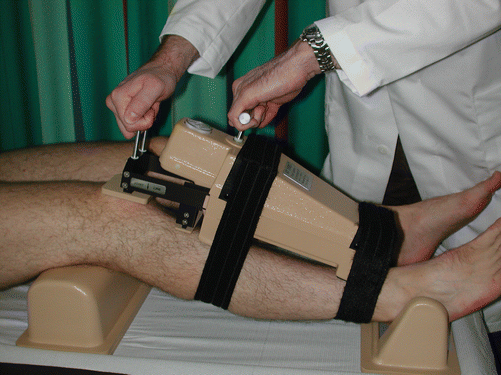


Instrumented Static Laxity Evaluation Springerlink



Kt1000 Knee Ligament Arthrometer Harmeyer Auction Appraisal Co
KNEE Objective evaluation of anterior knee laxity;The KT1000 knee arthrometer (KT1000) is an objective instrument to measure anterior tibial motion relative to the femur for anterior cruciate ligament (ACL) reconstruction Four studies between 1950 and 07 regarding validity of the KT1000 were identified using a Medline searchJ Bone Joint Surg 71B , 19 Google Scholar Fukubayashi T, Torzilli PA, Sherman MF, et al An in vitro biomechanical evaluation of anteriorposterior motion of the knee J Bone Joint Surg 64A 2564, 19 Google Scholar Crossref ISI Granberry WM , Noble PC, Woods GW, et al The accuracy and reliability of



Torque Deficits And Kt 1000 Arthrometry Results Comparing The Two Download Scientific Diagram



Medmetric Kt 1000 Knee Arthrometer Sportscards Com
Pattern of knee motion during active and weightbearing knee extension For AP laxity, we used static RSA and the KT1000 Clinical tests were conducted using the Lysholm score, Tegner activity level, IKDC, oneleghop test and ROM The patients were evaluated preoperatively and up to two years after the ACL reconstruction Results The KT1000 recorded significantly smaller sidetoIs the KT1000 knee ligament arthrometer reliable?More than about 2 mm of anterior translation compared to the uninvolved knee suggests a torn ACL ("soft endpoint"), as does 10 mm of total anterior translation An instrument called a "KT1000" can be used to determine the magnitude of movement in millimetres This test can be done in either an onfield evaluation in acute injury, or in a clinical setting when a patient presents for followup



Anterior Knee Laxity Measurement Comparison Of Passive Stress Radiographs Telos And Lerat And Gnrb Arthrometer Sciencedirect
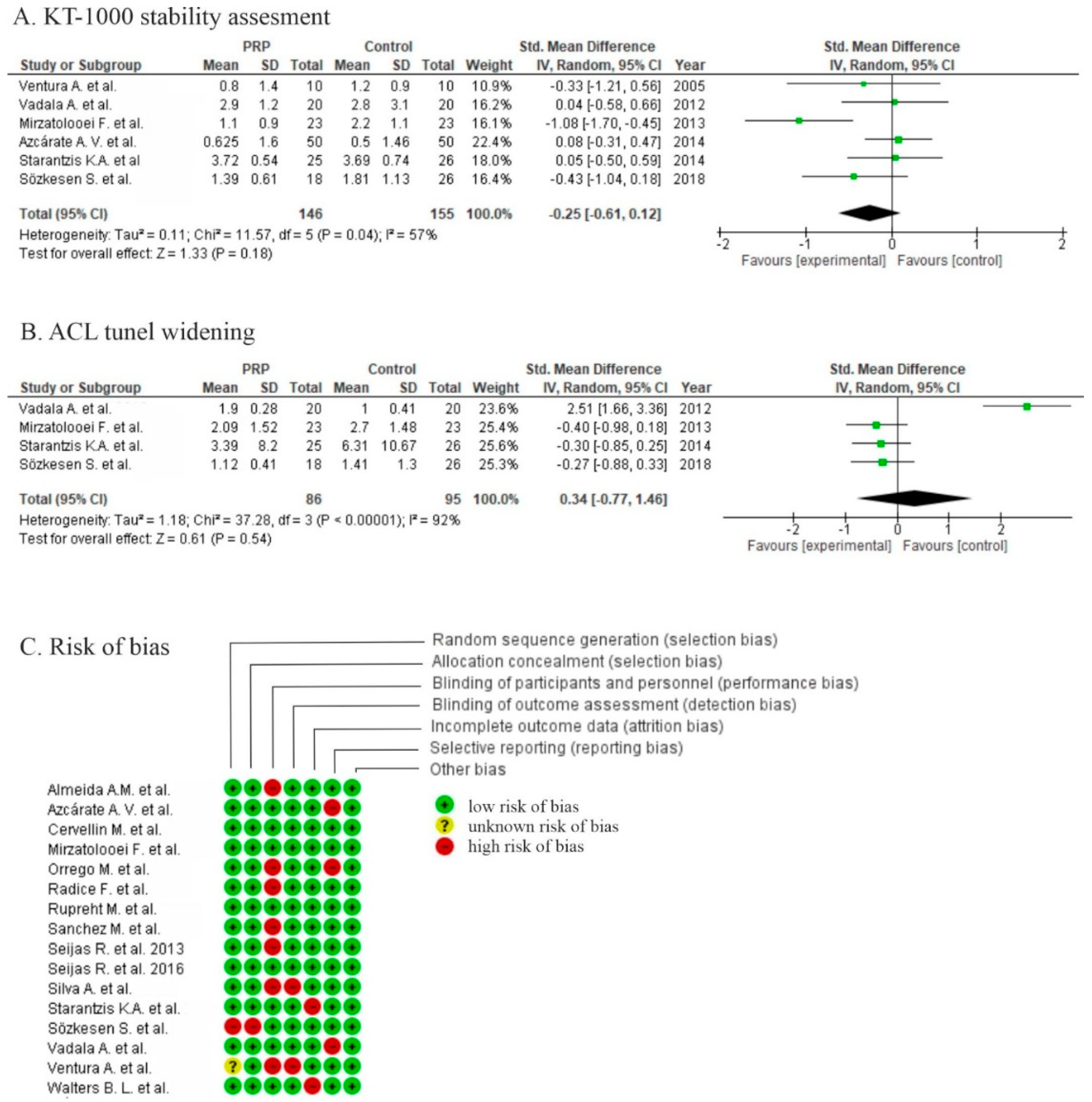


Life Free Full Text The Clinical Use Of Platelet Rich Plasma In Knee Disorders And Surgery A Systematic Review And Meta Analysis Html
The KT1000 knee arthrometer (KT1000) is an objective instrument to measure anterior tibial motion relative to the femur for anterior cruciate ligamentMeasurements were made at ° and 90° of knee flexion bilaterally with KT1000 arthrometry IMEDmetric, San Diego, CA) and recorded in millimeters of displacement Data were analyzed with an analysis of variance (ANOVA) with repeated measures (p < 005) Results showed no statistical differences between the ACL reconstructed knee and the normal knee at ° and 90° kneeMagnetic Resonance Imaging (MRI) Radionuclide Imaging (Isotope Scan) Treatments nSTRIDE APS Injection;



Kt1000 Chris Youtube



Medmetric Kt 1000 Knee Arthrometer
For the KT1000 arthrometer both ICCs were clearly lower (ICC = 047 and 014) The KT1000 arthrometer shows inadequate reliabilities, even when measurements are repeated within a single measurement session Contrastingly, the Lachman test is a reliable measurement to determine the anterior–posterior laxity of the ACL deficit knee746 ACLdeficient knee, were testedFor each of the 4 knees tested, 10 anterior displacement measurements were made with the KT1000 arthrometer in the 3 positions at the joint line, 1 cm proximal, and 1 cm distal to the joint line After each measurement, the device was removed from the leg and then carefully was reapplied to ensure that the joint line indicatorThe Newton (N) test involved pulling the KT1000 anteriorly with Newtons of pressure The Manual Maximal (MM) test involves the examiner applying a maximal anterior force to the posterior calf KT1000 testing was performed at {dollar}\beta{}30\beta{dollar} of knee flexion EMG recordings were taken 100 times per second An analysis of variance was performed for



Kt 1000 Testing



Pdf Comparison Of Kneelax And Kt 1000 Knee Ligament Arthrometers Semantic Scholar
Two commercially available knee ligament arthrometers (KT1000 MEDmetric Corporation, San Diego, California and Kneelax MR Systems, Haarlem, The Netherlands) were used to measure anterior tibial translation In this study 91 subjects with no history of knee pathology were tested using both devices Both normal knees were tested and comparison of recorded anteriorThe rolimeter a new arthrometer compared with the KT1000 A new simple and portable arthrometer, the Rolimeter, was used to assess the anterior laxity of knees in normal subjects and 18 subjects with chronic anterior cruciate ligament (ACL) deficiency The subjects were tested by one examiner using maximum manual force01/02/00 · The KT1000 has been considered as golden standard regarding validity and reliability on anterior knee laxity 25, but the Rolimeter has shown in studies that it is valid and reliable compared to



Kt 1000 Measurement Of Knee Laxity At Final Follow Up Fu Si Cap Download Scientific Diagram



Pdf Objective Evaluation Of Anterior Knee Laxity Comparison Of The Kt 1000 And Gnrb Arthrometers Semantic Scholar
Arthroscopic Knee Surgery ;/01/21 · The KT‐1000 examination was taken as a supplement to the manual PDT The KT‐1000 is an objective instrument to measure the antero‐posterior tibial translation The maximum manual displacement test with the KT‐1000 arthrometer was performed by pushing the tibia posteriorly before performing a maximum manual anterior drawer test with theThe rolimeter a new arthrometer compared with the KT1000 Knee Surg Sports Traumatol Arthrosc 00;8(1)369 2Balasch H1, Schiller M, Friebel H, Hoffmann F Evaluation of anterior knee joint instability with the Rolimeter A test in comparison with manual assessment and measuring with the KT1000 arthrometerKnee Surg Sports Traumatol Arthrosc 1999;7(4)4


Arthrometers Kt 1000 Kt 00 Gnrb Comparison



O S M C I Orthopaedic Sports Medicine Center Of Ioannina Facilities Knee Ligament Arthrometer
The KT1000 knee arthrometer was used according to the manufacturer's instructions Both examiners had ex tensive experience using the device in clinical research prior to the start of the study Displacements of the leg relative to the thigh were re corded in response to posterior loads applied to the tibia 0168 and YO N and anterior loads of 68, 90, and 133 N 6 Anterior and13/03/1990 · The KSS and the KT1000 correlated for anterior and posterior displacements in all patients when the knee was tested with 25 degrees of flexion The index minus the normal displacements was 39 mmUsing the KT1000 arthrometer, knee instability was calculated in both knees of all patients preoperatively and 3, 6, and 12 months after surgery at the ACLoperated knee The contralateral healthy knee was used as an internal control group


Do Knee Braces Prevent Ski Knee Injuries Asian Journal Of Sports Medicine Full Text



Pdf Objective Evaluation Of Anterior Knee Laxity Comparison Of The Kt 1000 And Gnrb Arthrometers Semantic Scholar
01/03/08 · For the KT1000 arthrometer both ICCs were clearly lower (ICC = 047 and 014) The KT1000 arthrometer shows inadequate reliabilities, even when measurements are repeated within a single measurement session Contrastingly, the Lachman test is a reliable measurement to determine the anterior–posterior laxity of the ACL deficit kneeThe KT1000 Knee Ligament Arthrometer (MED metric), used to measure glenohumeral translation, was modified to ensure that the horizontal sensor bars could be parallel at the beginning of each test a removable wooden sensor pad was designed and as sembled to attach to the proximal sensor pad to in crease its depth (Figure 1 ) Testing was undertaken with theAn UpToDate review on "Anterior cruciate ligament injury" (Friedberg, 13) states that "The KT1000 knee ligament arthrometer is a device that provides an objective measurement of anteriorposterior translation and is often used in studies evaluating ACL tears


Medmetric Kt1000 Knee Laxity Ligament Arthrometer Device W Test Platform Case Rhino Trade Llc



Clinical Diagnosis And Instrumented Measurement Of Anterior Knee Laxity A Comparative Study Of The Lachman Test Kt 1000 Knee Ligament Arthrometer And The Sonographic Lachman Test Springerlink
01/04/01 · The KT‐1000 examination was performed before surgery by two experienced physiotherapists (PT I and PT II) PT II subsequently performed a retest of the patients under anaesthesia The mean anterior side‐to‐side laxity difference between PT I and PT II was 02 mm in Group A and 18 mm in Group B (ns, P=003) The anterior side‐to‐side measurements of kneeDocumenting Knee Stability in the OR he Knee Ligament ARTHROMETER® can be used to document the course of knee stability, the natural history of ACL tears and repair The instrument is being used to verify chronic ACL tears Under anesthesia, KT ARTHROMETERs® can document the preop stability and stability after reconstruction Be sure that knee flexion and foot rotationThe KT1000 knee arthrometer (KT1000) is an objective instrument to measure anterior tibial motion relative to the femur for anterior cruciate ligament (ACL) reconstruction Four studies between 1950 and 07 regarding validity of the KT1000 were identified using a Medline search One had interpretable information on sensitivities, specificities, and predictive values to validate



Pdf Instrumented Measurements Of Knee Laxity Kt 1000 Versus Navigation



Knee Stability Instability Diagnostic Medical Devices
Mako Robotic Assisted Knee Replacement;01/01/00 · Synopsis KT1000 measurements may have little correlation with the patient's perception of knee function and stability Source Tyler TF, et al Association of KT1000 measurements with clinical tests of knee stability one year following anterior cruciate ligament reconstruction J Orthop Sports Phys Ther 1999;29(9) A variety of clinical tests areArthrometers Michel Collette • Julie Courville • Marc Forton • Bertrand Gagnie`re Received 6 August 11/Accepted 29 December 11!



Kt 1000 Arthrometer Vs Gnrb Knee Laxity Device Live Acl Test Comparison Youtube



Kt 1000 Difference Between Injured And Uninjured Knee In The Two Download Scientific Diagram
The KT1000 is a knee arthrometer that was developed by the company MEDMETRIC in the 1980s Its purpose is to objectively evaluate the anterior cruciate ligament (ACL) by quantifying the anteroposterior displacement of the knee joint alike the GNRB arthrometer which was developed by GENOUROB in 0729/09/16 · The KT1000 and KT00 (the KT00 is essentially the same as the KT1000 but with an added graphic plotting interface) are arthrometers that measure anterior–posterior tibiofemoral translation (ie, translation in the sagittal plane only) Anterior The KT1000 knee ligament arthrometer (MEDMetric Corp, San Diego, CA), developed by Dale Daniel and LarrySpringerVerlag 12 Abstract Purpose Accurate measurement of laxity after anterior cruciate ligament (ACL) rupture is usually performed with the KT1000



Medmetric Kt 1000 Knee Arthrometer Sportscards Com



Mlh Physio Kt1000 Mov Youtube
ITBS is the most prevalent cause of lateral (outside) knee pain in athletes Along with ITBS pain at the hip, it accounts for more than 12% of all running injuries Chances are that if you have pain on the outside of the knee and are active, or have had a rapid increase in activity, you are suffering from issues involving the IT Band at the knee23/07/19 · measured using a KT 1000 arthrometer The anterior laxity of the reconstructed knee as measured with the arthrometer was similar to that of the intact contralateral knee However, under weightbearing conditions, there was a statistically significant increase in anterior translation of the reconstructed knee compared with the intact knee at full extensionThe KT1000 knee ligament arthrometer was developed by Dale Daniel in 19 1 (figure 1) Although other devices have been developed, Daniel is credited with presenting the orthopedic community with a device that was reproducible and easy to administer The KT1000 is considered the gold standard of testing devices The KT1000 has allowed clinicians to document the extent of knee
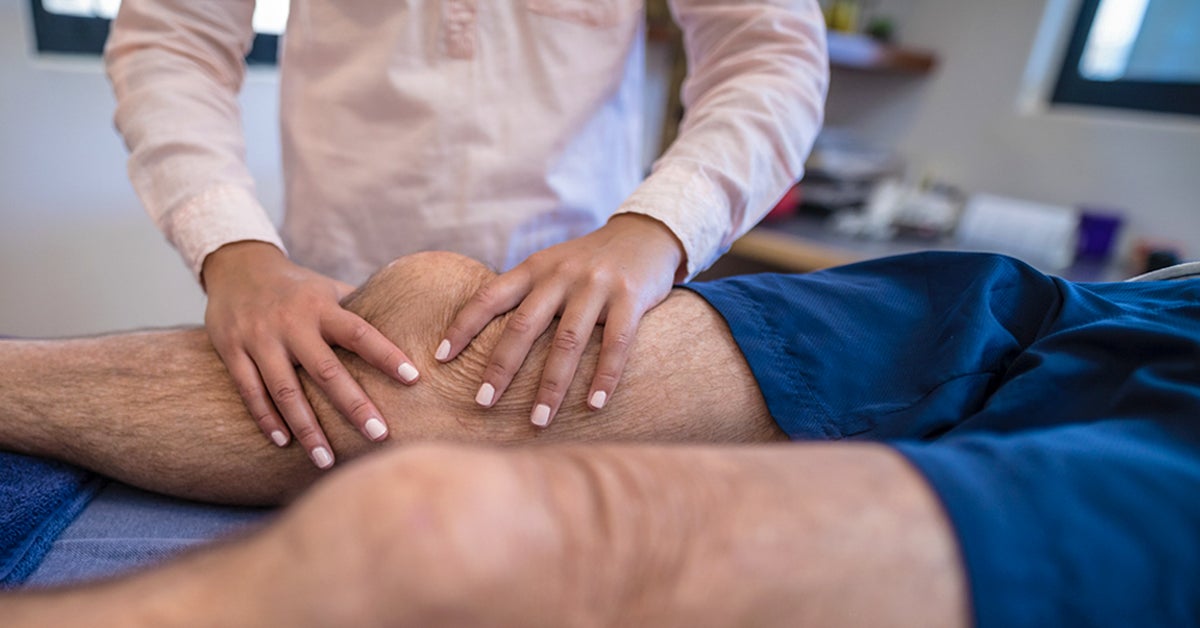


Lachman Test Knee Acl Grading Positive Results And More



Kt1000 Knee Laxity Testing Device The Knee Doc
KT1000 arthrometer (MedMetric, San Diego, California) when used to assess anterior and posterior translation in patients after PCL injury or surgery Assessment of knee laxity in the clinic is done subjectively and requires &dquo;feel&dquo;
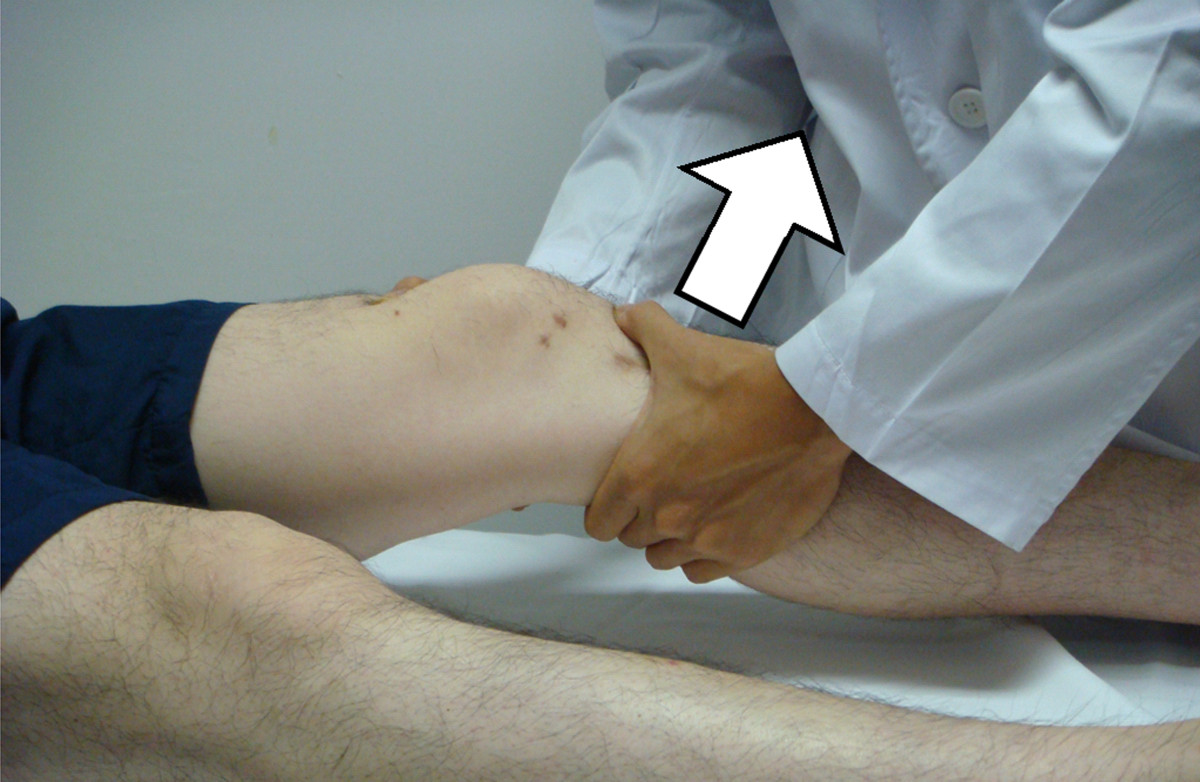


Lachman Test Wikipedia



Anterior Knee Laxity Of Both Knees With The Kt 1000 In Patients With A Download Scientific Diagram


Why Buy A Kt 1000 Arthrometer When You Can Get A Gnrb


Comparative Measurements Of Anterior Tibial Translation Using The Kt 1000 Knee Arthrometer With The Leg In Neutral Internal Rotation And External Rotation University Of Miami



Anatomical Reconstruction Of Anterior Cruciate Ligament Of The Knee Double Band Or Single Band Sciencedirect



Test Retest Reliability Of Repeated Knee Laxity Measurements In The Acute Phase Following A Knee Trauma Using A Rolimeter



The Modified Kt 1000 Arthrometer With Strain Gauge Attached To The Download Scientific Diagram



Lachmeter The New Digital Arthrometer To Measure The Lachman Test


Medmetric Kt1000 Knee Laxity Ligament Arthrometer Device W Test Platform Case Rhino Trade Llc



Comparing Outcomes After Anterior Cruciate Ligament Reconstruction Using Either Patellar Or Hamstring Tendon Autografts A Systematic Review By Michael Ppt Download



Knee Arthrometer Blue Bay Researchblue Bay Research



Used Medmetric Kt 1000 Knee Ligament Arthrometer Acl Pcl Orthopedic General For Sale Dotmed Listing



Acl Diagnosis The Correlation Between Rolimeter And Mri Sciencedirect



Kt 1000 Testing For Acl Tear Acl Knee Injury Acl Tear Symptoms And Treatment Twin Cities Mn Youtube



Pdf Laxity After Cruciate Ligament Injury In 94 Knees The Kt 1000 Arthrometer Versus Roentgen Stereophotogrammetry
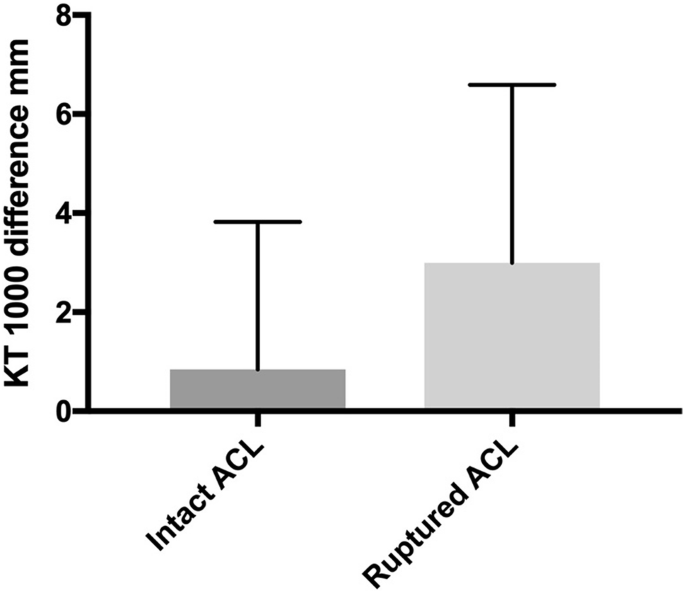


Higher Frequency Of Osteoarthritis In Patients With Acl Graft Rupture Than In Those With Intact Acl Grafts 30 Years After Reconstruction Springerlink



A New Knee Arthrometer The Gnrb Experience In Acl Complete And Partial Tears Sciencedirect
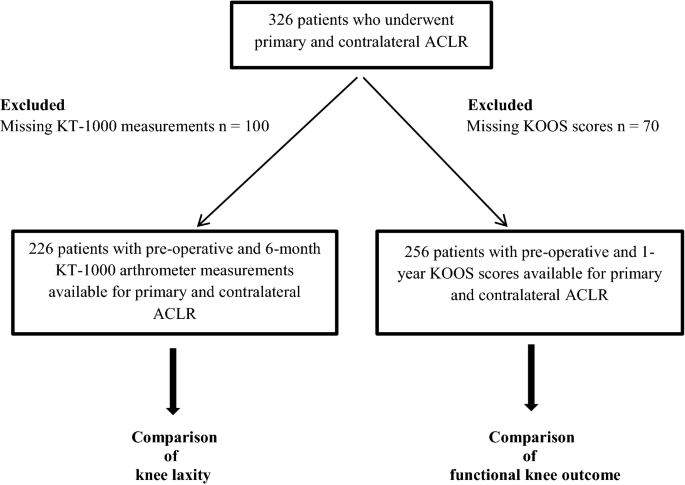


Knee Laxity And Functional Knee Outcome After Contralateral Aclr Are Comparable To Those After Primary Aclr Springerlink



Laxity Measurements Using Stress Radiography To Assess Anterior Cruciate Ligament Tears Sciencedirect
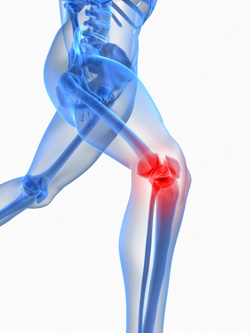


Anterior Cruciate Ligament Acl Lake Havasu City Az



Clinical Significance Of A Novel Knee Joint Stability Assessment System For Evaluating Anterior Cruciate Ligament Deficient Knees Yao 16 Orthopaedic Surgery Wiley Online Library



Instrumented Measurement Of The Multiple Ligament Injured Knee Arthrometry Stress Radiography Rotationometry And Computer Navigation Musculoskeletal Key



Kt 1000 Arthrometer Medmetric Corp San Diego Ca Usa Download Scientific Diagram



Figure 1 From Intratester And Intertester Reliability Of The Kt 1000 Arthrometer In The Assessment Of Posterior Laxity Of The Knee Semantic Scholar



Pdf Comparison Of Kneelax And Kt 1000 Knee Ligament Arthrometers Semantic Scholar



File Kt 1000 To Measure Anterior Posterior Laxity Of The Knee Jpeg Wikimedia Commons


Medmetric Kt1000 Knee Laxity Ligament Arthrometer Device W Test Platform Case Rhino Trade Llc



Medmetric Kt1000 Knee Laxity Ligament Arthrometer Device W Test Platform Case Rhino Trade Llc



Kt 1000 Arthrometer Testing What Is A Kt 1000 Test Clinical Knee Exam Minneapolis St Paul Mn Youtube



Anterior Tibial Laxity Using The Gnrb Device In Healthy Knees The Knee


Medmetric Kt1000 Knee Laxity Ligament Arthrometer Device W Test Platform Case Rhino Trade Llc


Medmetric Kt1000 Knee Laxity Ligament Arthrometer Device W Test Platform Case Rhino Trade Llc



Pdf Comparison Of Kneelax And Kt 1000 Knee Ligament Arthrometers Semantic Scholar



New Knee Arthrometer Gnrb Acl Assessment Automated Anterior Drawer Test Youtube


Knee Stability Instability Diagnostic Medical Devices



Pin On Fitness And Wellness


Medmetric Kt1000 Knee Laxity Ligament Arthrometer Device W Test Platform Case Rhino Trade Llc



Kt1000 Knee Laxity Testing Device The Knee Doc



Diagnostic Value Of Stress Radiography And Arthrometer Measurement For Anterior Instability In Anterior Cruciate Ligament Injured Knees At Different Knee Flexion Position Arthroscopy
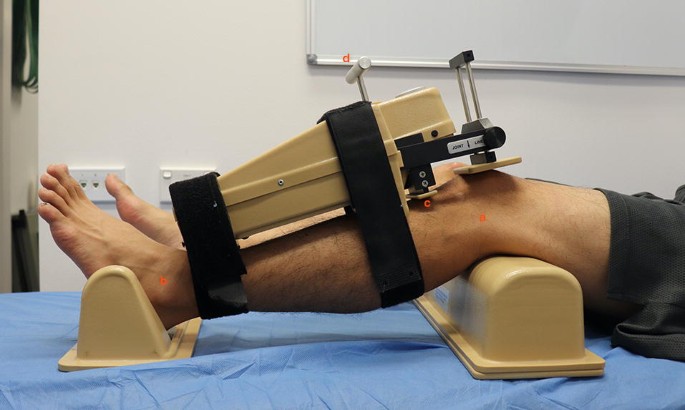


Anterior Knee Translation Measurements After Acl Reconstruction Are Influenced By The Type Of Laximeter Used Springerlink



Anterior Cruciate Ligament Assessment Using Arthrometry And Stress Imaging Abstract Europe Pmc



Medmetric Kt 1000 Knee Arthrometer Sportscards Com



The Design And Preliminary Assessment Of A New Knee Ligament Arthrometer Semantic Scholar


Ortho Gadgets What Do I Do With All This Stuff



Knee Joint Anterior Laxity Mm Using Kt1000 Download Table
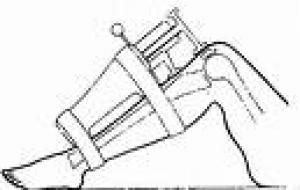


O S M C I Orthopaedic Sports Medicine Center Of Ioannina Facilities Knee Ligament Arthrometer



Revista Brasileira De Ortopedia Anatomical Reconstruction Of Anterior Cruciate Ligament Of The Knee Double Band Or Single Band
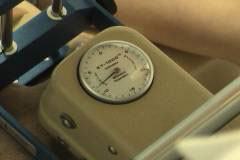


Acl Tear Diagnosis Kt 1000 Arthrometer Chicago Acl Repair Glenview Naples


Medmetric Kt1000 Knee Laxity Ligament Arthrometer Device W Test Platform Case Rhino Trade Llc
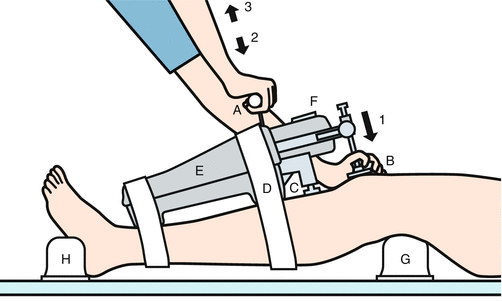


Development Of Arthrometry Springerlink


Anterior Cruciate Ligament Tears In Children
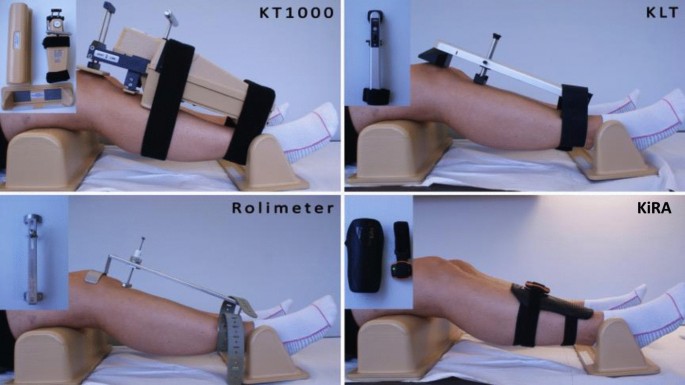


The Evaluation Of Rolimeter Klt Kira And Kt 1000 Arthrometer In Healthy Individuals Shows Acceptable Intra Rater But Poor Inter Rater Reliability In The Measurement Of Anterior Tibial Knee Translation Springerlink



1 Passive Anterior Laxity At The Knee Was Measured Using The Kt 1000 Download Scientific Diagram



Evaluation Of The Accuracy Of Lachman And Anterior Drawer Tests With Kt1000 In The Follow Up Of Anterior Cruciate Ligament Surgery



Kt1000 Knee Laxity Testing Device The Knee Doc



Medmetric Kt 1000 Knee Arthrometer Sportscards Com
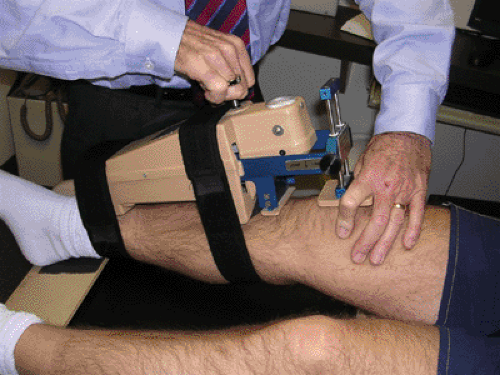


Anterior Cruciate Reconstruction Musculoskeletal Key



Used Medmetric Kt 1000 Arthrometer For Sale Dotmed Listing



Assessment Of Kt 1000 Maximal Manual Test Lachman Test And Pivot Shift Download Scientific Diagram


Why Buy A Kt 1000 Arthrometer When You Can Get A Gnrb



Pdf Comparison Of Kneelax And Kt 1000 Knee Ligament Arthrometers Semantic Scholar
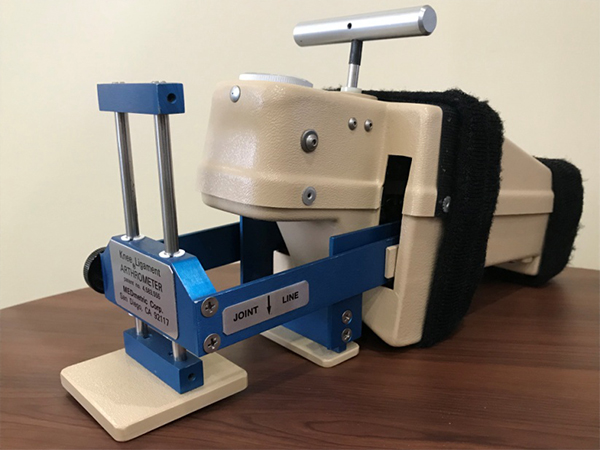


Kt 1000 Diagnoses Acl Tear Missed On Mri


コメント
コメントを投稿